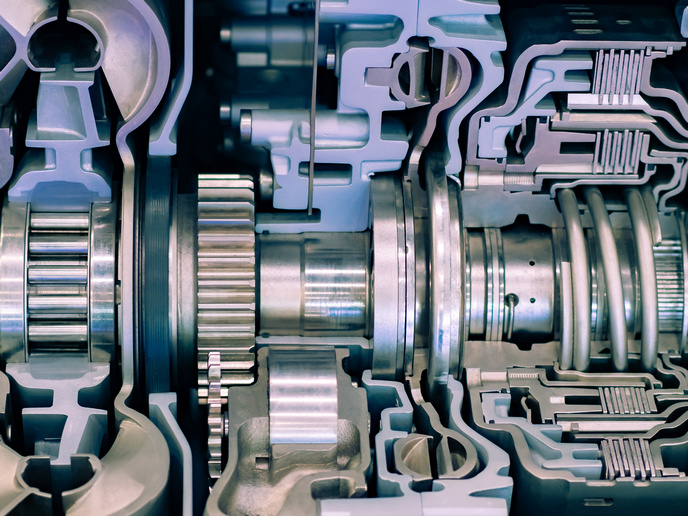Lighter transmission systems could enable quieter, durable and more energy-efficient vehicles
Over the years, vehicles have become heavier to improve safety and comfort. Manufacturers now need to drastically reduce energy consumption and greenhouse gas emissions without sacrificing these benefits. To this end, efforts need to focus on reducing the weight of every component. Transmission devices (gearboxes) which are essential for power transfer and make up a significant part of a vehicle mass, are an ideal starting point for reducing car weight. The EU-funded LIVE-I project has been an interdisciplinary effort to address noise, vibration and harshness (NVH) issues in automotive transmission devices. “We began by recruiting and extensively training early-stage researchers to ensure they understood the project context, challenges and objectives. They were then equipped with the necessary theoretical, numerical and experimental methods for their research,” notes project coordinator Mohamed Ichchou.
Improved models and materials transforming transmission design
Significant progress was made in developing advanced models and digital twins to simulate NVH phenomena and optimise transmission designs. According to Ichchou, traditional methods for addressing NVH issues have relied on static models and conventional materials, which often fall short in capturing the complex, real-time interactions within transmission systems. He continues explaining that by employing advanced digital twin technology and data-driven simulation techniques, the team succeeded in generating more accurate and dynamic predictions of NVH behaviour under various operating conditions. Researchers also explored new materials such as carbon fibre-reinforced polymers and locally resonant metamaterials for lightweight gearbox housings. The use of these novel materials opened up new possibilities for lightweight yet high-performance transmissions. “These materials offer superior properties over traditional metals, enabling significant weight reductions without sacrificing strength or durability,” highlights Pascal Fossat, researcher, and involved in LIVE-I as project manager. LIVE-I innovations have shown promising results in reducing the weight and improving the dynamic response of transmission systems. Researchers developed and tested active and semi-active vibration control systems using magneto-rheological materials and traction motors as actuators, achieving significant reductions in vibration and noise levels. “Our pioneering use of active and semi-active vibration control techniques with magneto-rheological materials and traction motors allows for real-time adjustments to vibration and noise levels. This capability far surpasses that of conventional passive damping methods,” states Fossat. “By integrating advanced control algorithms and sensing technologies, we achieve a level of precision and adaptability previously unattainable in automotive transmission design.” Researchers also constructed a single-stage test rig to study how the gear mesh interacts with torque ripples, testing various control approaches.
Promising impact on multiple fronts
LIVE-I activities should help bolster the competitiveness of the European automotive industry. This translates to increased market share, job creation and economic growth within the sector. The project focus on sustainability and fuel efficiency also aligns with broader economic objectives of reducing greenhouse gas emissions and moving towards a low-carbon economy. On a societal level, LIVE-I seeks to enhance quality of life for consumers. “By addressing NVH issues, we aim to reduce driving-related stress and fatigue, contributing to overall well-being. Furthermore, our dissemination and public engagement activities aim to raise awareness about the significance of scientific research and innovation, inspiring the next generation of engineers and scientists,” concludes Fossat.



